AO Edited
Brontë Parsonage Museum
Some of the most enduring novels in English literature were written within the walls of this Georgian-era building.
Tucked away in the picturesque village of Haworth, West Yorkshire, the Brontë Parsonage Museum offers a fascinating glimpse into the lives of the Brontë family. Established as a museum in 1928, it’s a pilgrimage spot for fans of the genius of Charlotte, Emily, and Anne Brontë, who crafted some of the most celebrated novels in English literature within its walls.
For context, the Brontë family moved to this Georgian parsonage in 1820. The sisters’ time here saw the creation of works like Jane Eyre, Wuthering Heights, and Agnes Grey. The building itself, a Grade I listed structure, has been meticulously preserved, allowing visitors to experience the spaces where these literary masterpieces were born.
The exhibitions offer a poignant juxtaposition: an idealised image of the Brontë sisters that contrasts sharply with their turbulent lives. Walking through rooms like the dining room, where the sisters wrote their novels, and the kitchen, where Emily found solace in household tasks, one can’t help but feel a mixture of admiration and melancholy. The Parsonage Museum captures both the brilliance and the sorrow of the Brontë legacy.
The museum boasts the world’s largest collection of Brontë artifacts, including manuscripts, personal items, and artworks. Notably, there are more artifacts relating to Charlotte, as by the time she died in 1855, she was a famous author; her belongings were eagerly sought and carefully kept. The other Brontës, however, died before gaining fame, so their belongings were less likely to have survived. Charlotte is also thought to have destroyed some items to preserve her sisters’ reputations.
Patrick Brontë’s study is perhaps the most austere room in the house, with its plain walls and religious paintings, reflecting the patriarch’s strict and scholarly demeanor. In stark contrast, an artist’s rendition of Branwell’s room is a chaotic depiction of his troubled life, complete with handwritten notes scattered across the desk and floor—a striking reminder of his descent into addiction and mental illness.
Despite the somber atmosphere evoked by the building’s sooty brick facade, the museum’s friendly staff quickly alleviates this mood, warmly welcoming visitors at the door. The Brontë Society, founded in 1893, plays a crucial role in maintaining the museum and promoting the sisters’ literary legacy. As one of the oldest literary societies in the world, it relies on public funding and membership support to preserve this cultural treasure. Their efforts ensure that future generations can continue to explore and appreciate the Brontës’ contributions to literature.
Know Before You Go
The last entry is at 4 p.m. but don't make the mistake of thinking you'll have the place to yourself in the last hour! To fully appreciate the museum, allow at least an hour for your visit. If the weather is nice, take a picnic to enjoy in Parson's Field, just behind the Parsonage, which is free to enter.

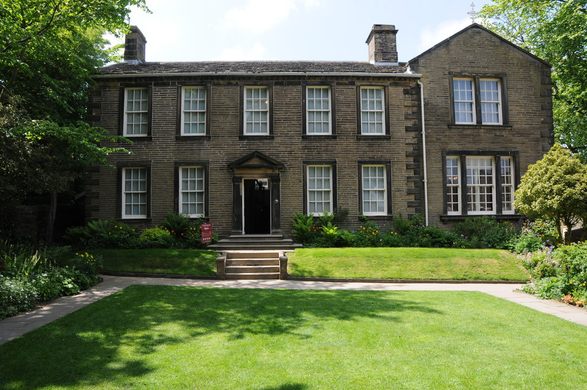
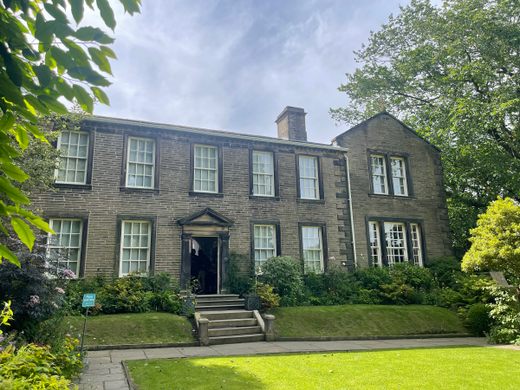




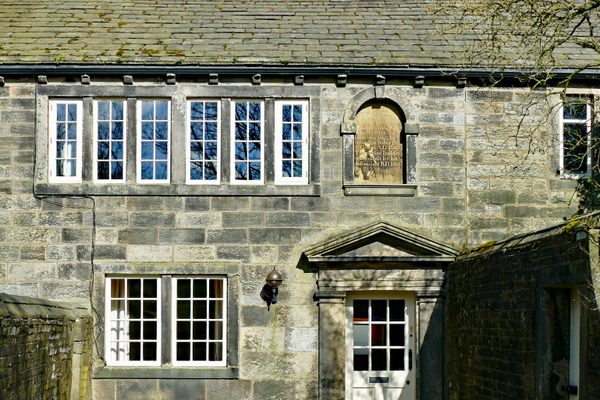
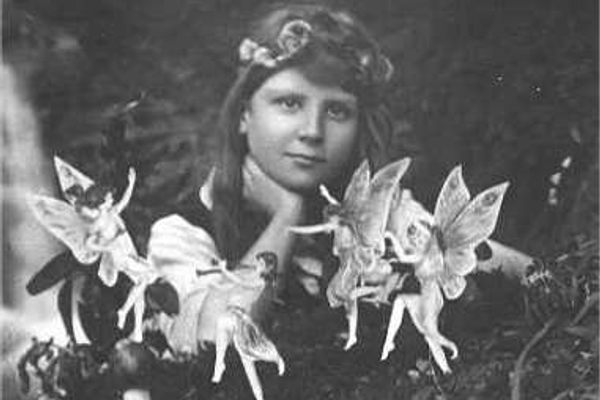
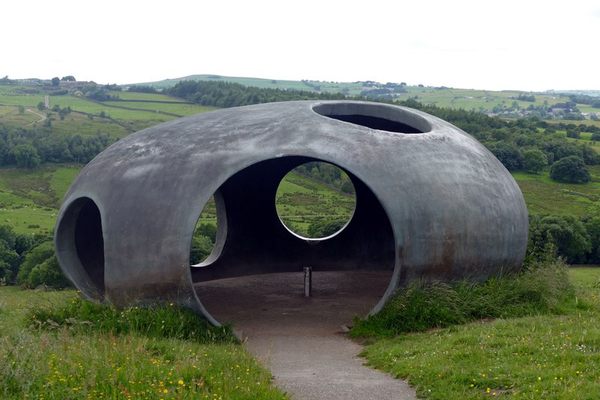
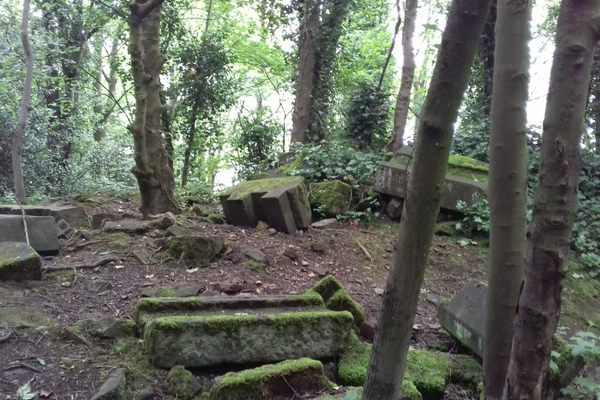


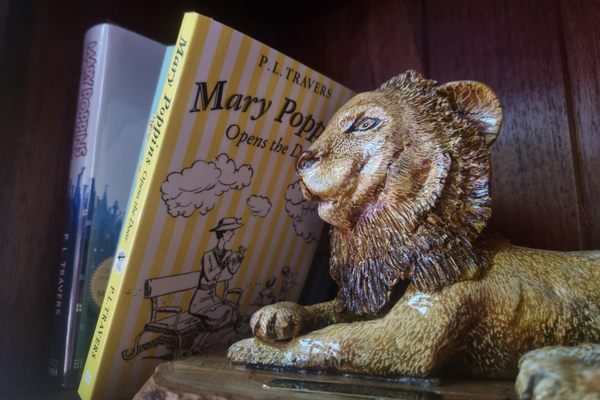


Follow us on Twitter to get the latest on the world's hidden wonders.
Like us on Facebook to get the latest on the world's hidden wonders.
Follow us on Twitter Like us on Facebook